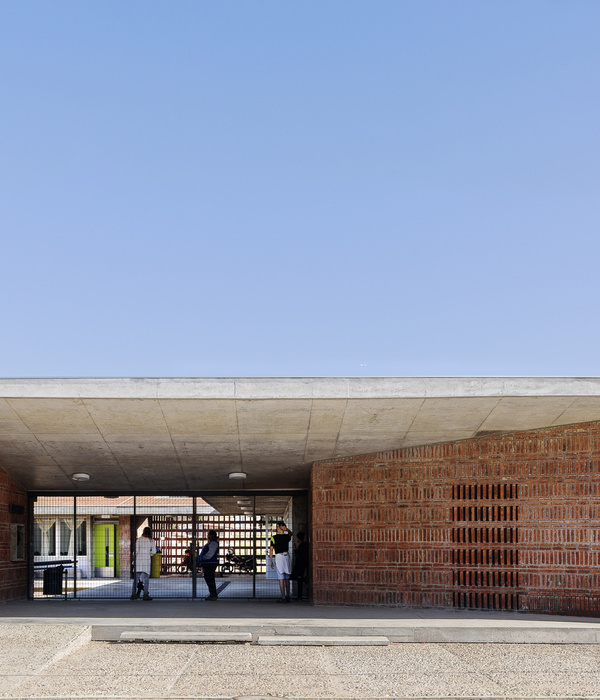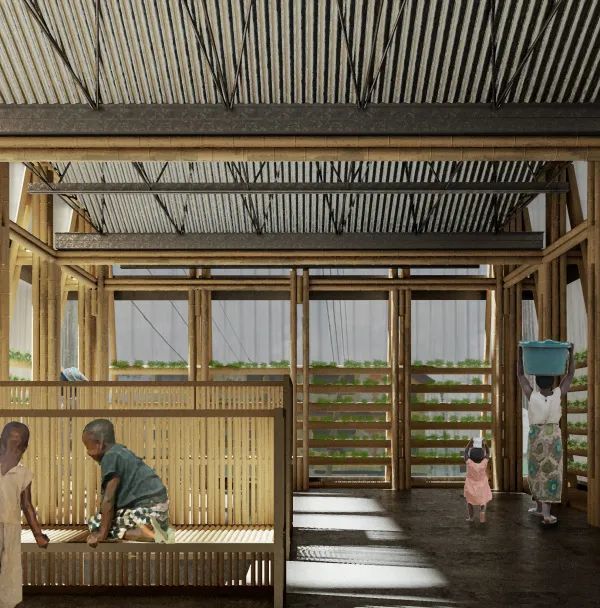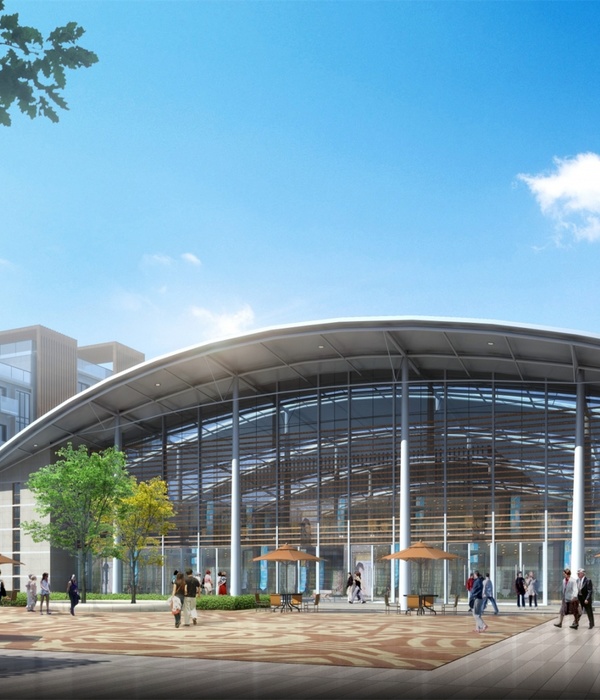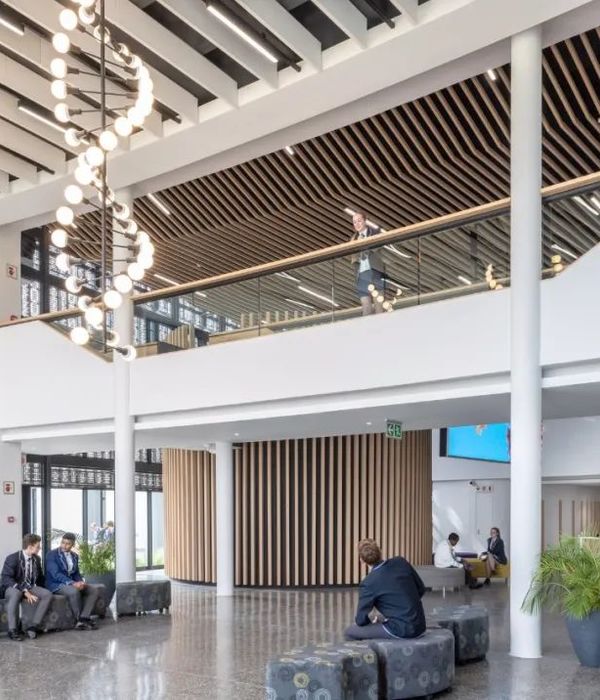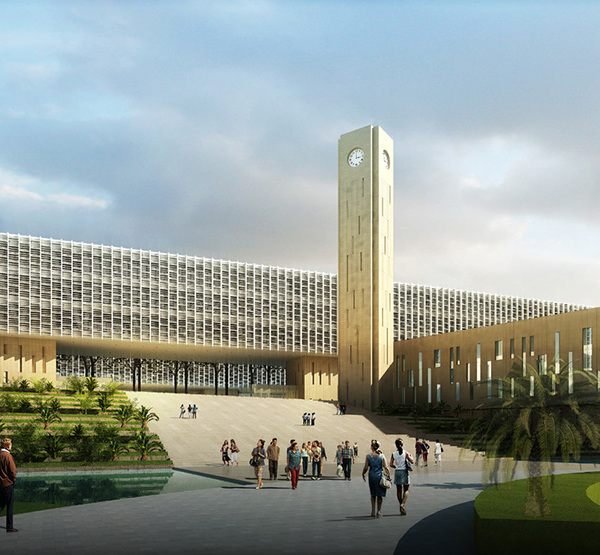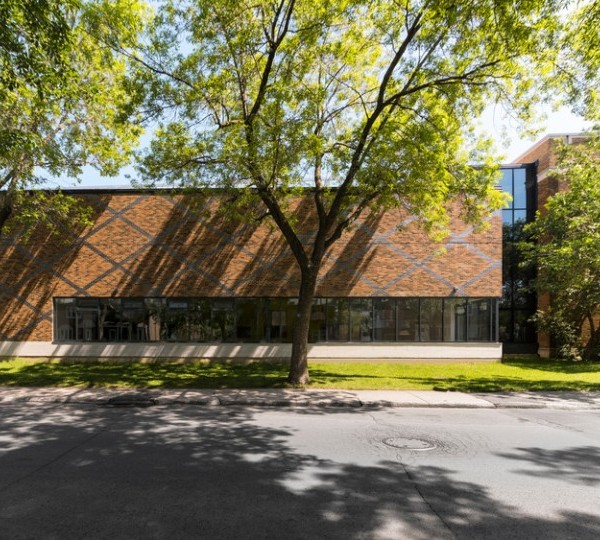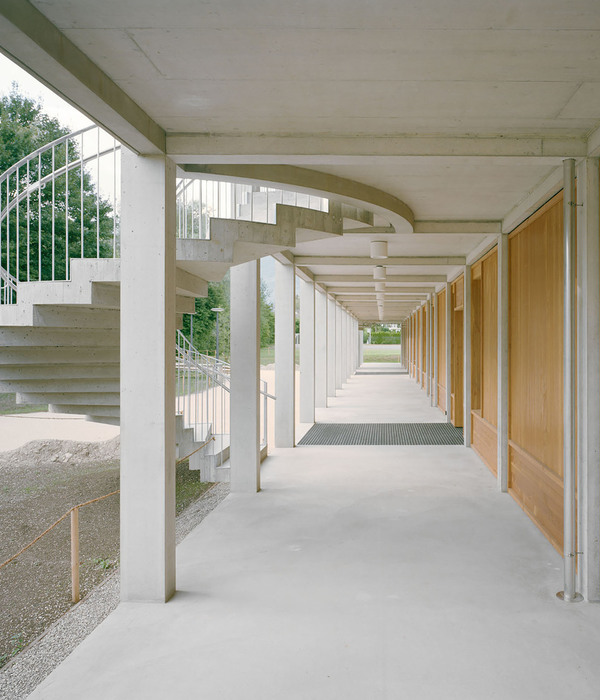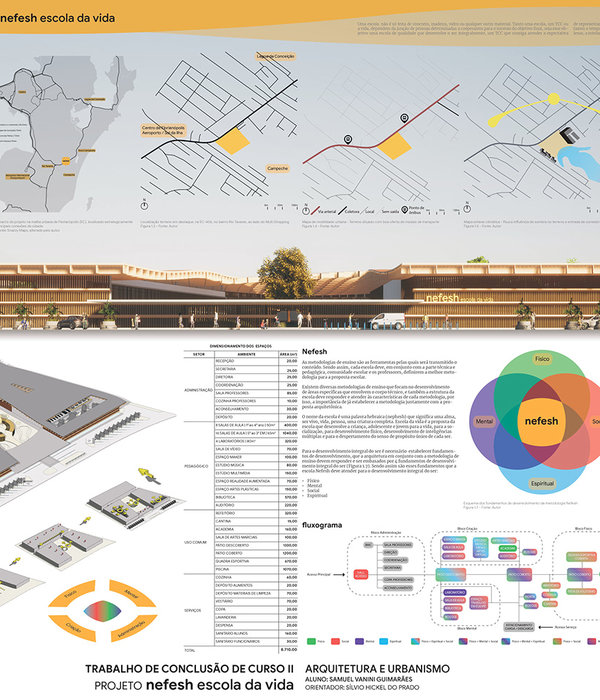“水线纪念碑”是Gijs Van Vaerenbergh近期完成的艺术作品,被放置在乌特勒支A12高速公路和Laagravense Plassen绿地公园之间的斜坡上。该作品以一种当代手法描绘了“新荷兰水线”这一充满智慧的防御工程。
Waterline Monument, the latest artwork by Gijs Van Vaerenbergh, was recently installed on the slope between the A12 motorway and the green recreation area Laagravense Plassen in Utrecht (Netherlands). The new work depicts in a contemporary manner the ingenious hydraulic engineering of the New Dutch Waterline.
▼项目概览,Overall view © Johnny Umans
新纪念碑 | New Monument
新荷兰水线(New Dutch Waterline)是一条历史悠久的水域防线,全长85公里。这是一个由堤坝、水闸、运河、堡垒和掩体构成的巧妙系统,可以进行人工泄洪,曾在1815年至1940年间使用:水域防线使荷兰西部数公里的土地被洪水淹没,由此起到了防御敌人入侵的作用。新荷兰水线自2021年被列入联合国教科文组织世界遗产名录,为此,乌特勒支省特别发起了为水线创作新艺术作品的竞赛以示纪念。来自比利时的建筑师和艺术家二人组Gijs Van Vaerenbergh最终成为比赛的获胜者。
The New Dutch Waterline was a historic defence line measuring 85 kilometres in length. This ingenious system of dykes, sluices, canals, forts and bunkers, capable of creating deliberate floods, was used in the period between 1815 and 1940. The Waterline made it possible to flood kilometres of land in the west of the Netherlands, thus making the area inaccessible to the enemy. The New Dutch Waterline has been on the Unesco World Heritage list since 2021. To mark the occasion, the Province of Utrecht launched a competition for the creation of a new work of art in honour of the New Dutch Waterline. The competition was won by the architect and artist duo Gijs Van Vaerenbergh.
▼纪念碑所处的斜坡与水面相平行,The slope onto which the work is placed runs parallel to the water © Johnny Umans
闸门 | Lock
考虑到水线是一个隐藏在景观中的庞大系统,设计者选用了闸门作为装置的主体意象:它是水线系统中最重要的元素之一,构成了堤坝之间的关键连接点。当闸门开启时,防御系统便被激活,洪水将溢出堤岸并淹没陆地。该作品对闸门的形象进行了抽象的重建,它被放置在高速公路边的坡地顶端,占据了景观中的一个突出位置。
The Waterline is an extensive system that lies hidden in the landscape. Gijs Van Vaerenbergh chose to work with the figure of a lock, one of the most important elements in this system, used as a gate to hold back the waters. As such, it forms a crucial link between dykes and embankments. When it is opened, the defence system is activated, causing the water to overflow the banks and inundate the area. The artwork is an abstract reconstruction of the figure of the lock. Placed on top of the slope next to the motorway, it is given a prominent place in the landscape.
▼纪念碑近景,A close view to the monument © Johnny Umans
转化 | Shift
通过参考大多数人所熟悉的建筑和传统的建筑元素,设计师为纪念碑赋予了较高的可识别性。“闸门”在装置中被表现为三个垂直于视野方向的拱形门洞,“入口”和“门”的意象由此得到强化,同时坡顶的位置也容易使人联想到凯旋门。一系列不同的形式元素或多或少地被提取并掺杂至该作品中,使其在含义上变得更加模糊。Gijs Van Vaerenbergh的设计证明了形式、建筑和空间是可以互相转化的,它们并不局限于某种单一的形象。
Gijs Van Vaerenbergh enhance recognisability by making reference to familiar architecture and traditional building elements, which are part of our collective memory. By presenting the lock in its essential form, that is, three arched openings at right angles to the viewing direction, the image is shifted from that of a lock to that of an (entrance) gate. As the sculpture is situated on top of the slope, it is also reminiscent of a triumphal arch. The artists’ play with the recognisability of these different forms imbues the work with ambiguous meanings. Gijs Van Vaerenbergh demonstrate that form, architecture and space can be fluid and not limited to a singular image. They provide references and depict typologies, which they simultaneously call into question and deconstruct.
▼“闸门”在装置中被表现为垂直于视野方向的拱形门洞,The lock is presented in its essential form, that is, three arched openings at right angles to the viewing direction © Johnny Umans
纪念性 | Mutability
水线纪念碑的宏伟体量是由数百根不同长度的钢管堆叠而成的。堆叠的逻辑创造出抽象的重复性;变化的钢管长度则塑造出浮雕般的起伏外观。从远处看,闸门的形象占据了主导地位;从近处看时,作品的外观又由钢管的堆叠方式和韵律而定义。与以往的作品一样,Gijs Van Vaerenbergh再次延续了他们对简约性和最基本建造方式的追求。
Viewed from an angle, Waterlinie Monument looks massive. The work was formed through the stacking of hundreds of open steel tubes of different lengths. A field of tension is created: the logic of stacking creates an abstract repetition; the diversity of lengths creates an irregular relief. From a distance, the image of the lock is dominant; up close, the work’s appearance is determined by the rhythm and composition of the tubes. Here again, as in their earlier works, Gijs Van Vaerenbergh strive for simplicity and the most fundamental way of building.
▼堆叠的钢管,The stacked steel tubes © Johnny Umans
纪念碑所处的斜坡与人行道、A12高速公路以及水面相互平行,而构成纪念碑的钢管又与它们呈直角,这使得纪念碑在乍看之下是一个巨大的堆积实体,但当人们穿越拱门时,他们的目光也将穿过管道本身。在某个瞬间,纪念碑的形象被溶解了,变成某种局部透明的存在,由此而创造出一种独特而难以捉摸的奇妙体验。只有当我们抛却参考框架并使用不同的感官时,水线纪念碑的多面性才能真正为我们所感知。
The slope onto which the work is placed, the footpath, the A12 motorway and the water, they all run parallel to each other and at right angles to the tubes of Waterlinie Monument. As such, the work always presents itself as a solid stack of tubes, except when visitors pass by it. The gaze then not only passes through the arches of the gate, but also through the tubes themselves. For a brief moment, the image dissolves; the artwork becomes partially transparent. This creates a special, elusive moment of wonder and a new perception of spatiality. It is only when we let go of our frame of reference and use our senses, that we can experience the multifaceted character of Waterline Monument.
© Johnny Umans
{{item.text_origin}}

